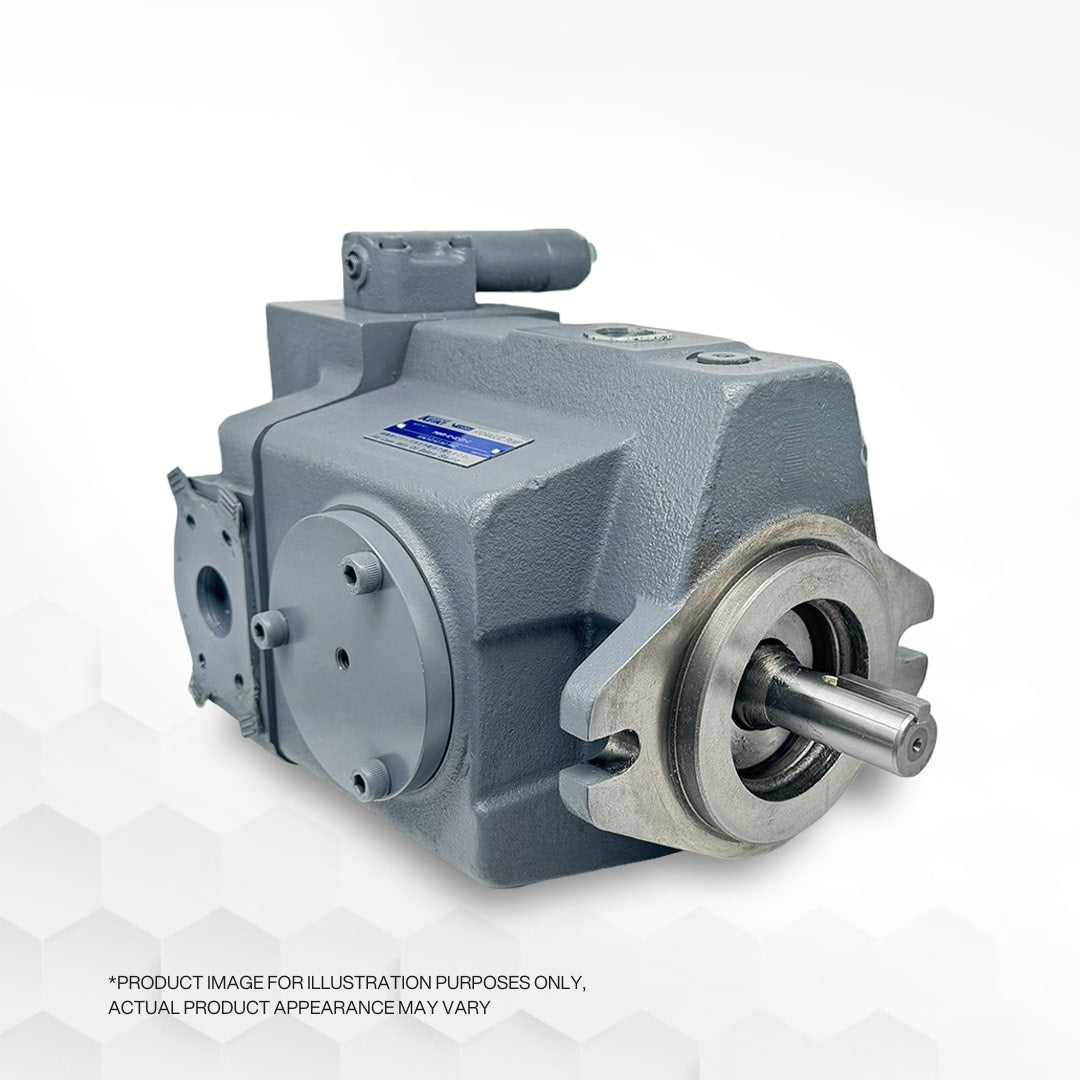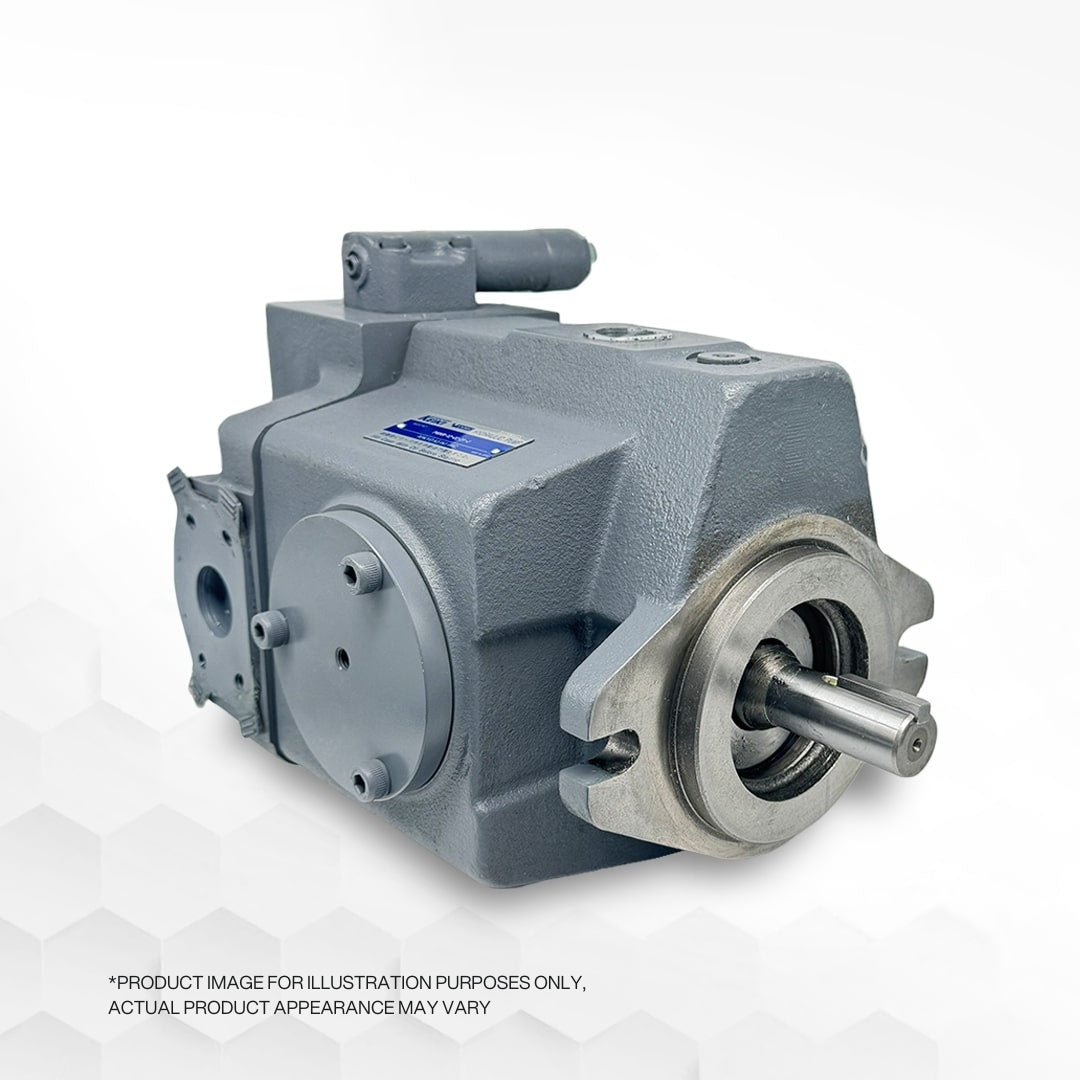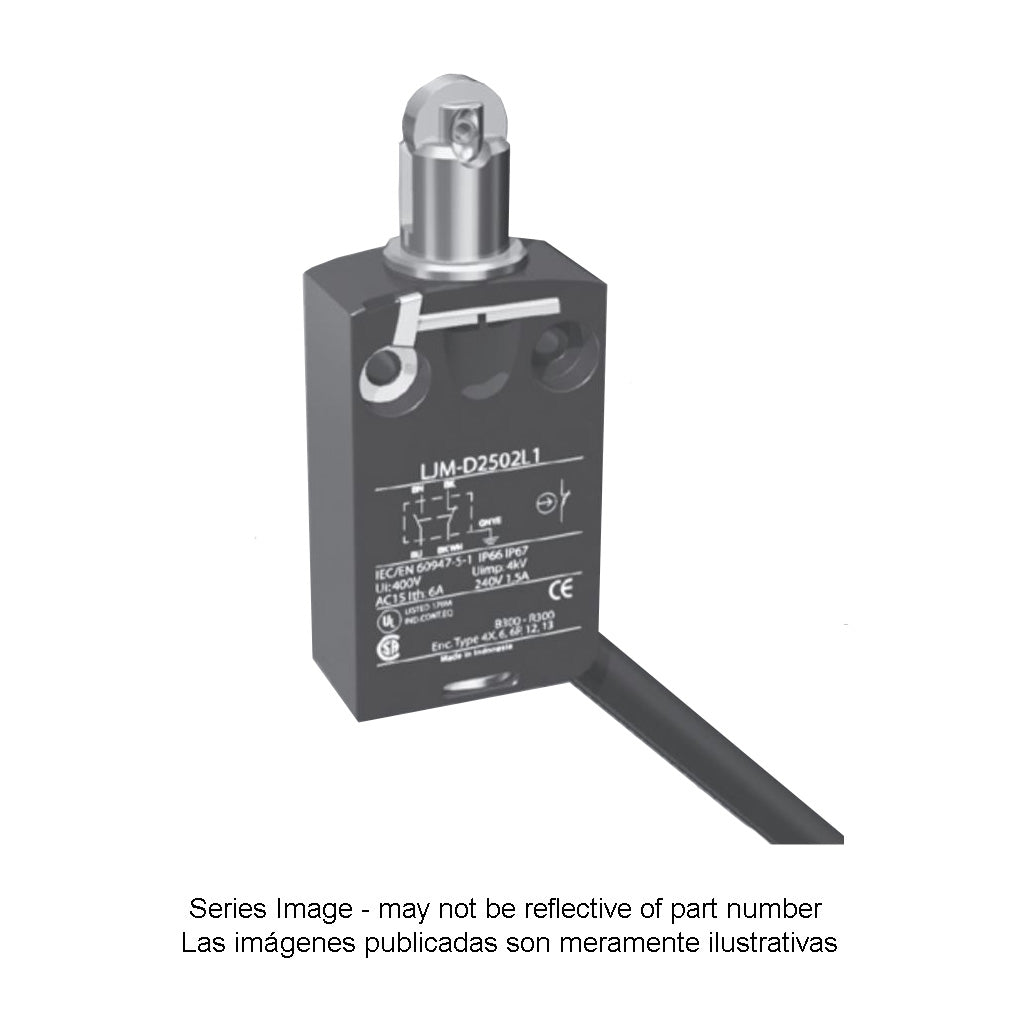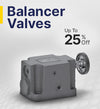
Using Directional Control Valves
Directional control valves are essential components in hydraulic circuits, machinery, and pneumatic systems as they enable fluid flow into specific channels from one or more sources. The most basic configuration consists of a spool inside a cylinder, where the spool's movement determines whether fluids can pass through freely or are restricted. These valves require actuation to shift from their neutral or default state to their operational position, and more complex control valves may have multiple operating positions in addition to the two basic positions.
Directional control valves are classified based on various properties, such as the number of ports, positions, actuating techniques, type of spool, and fluid channel. They include check valves, shuttle valves, two-way, three-way, and four-way valves that allow switching between two flow sources into a one-branch circuit, with one source often acting as a backup. Check valves permit flow in one direction when actuated by low-pressure input flow, blocking flow in the opposite direction.
These valves can have different actuation methods, such as manual, mechanical, hydraulic or pneumatic pilot signal, or solenoid actuation. The spool can be rotary or sliding to align with ports, enabling different functionalities.
In various industries, directional control valves are known as "bang-bang valves" due to their ability to switch instantly from fully open to fully closed, sometimes resulting in "fluid hammer" or a hammering sound. They are also referred to as "discrete valves" or "switch valves" depending on how they control flow. Directional control valves are used extensively in hydraulic circuits, machinery, and equipment across a wide range of applications, including vehicle transmissions, industrial processes, marine/offshore operations, and turbine control, among others.
Given the numerous applications and sectors that rely on directional control valves, there is a wide variety of options from various manufacturers. For specialized needs, it is advisable to approach a manufacturer that specializes in valves. Metro Hydraulics, for instance, offers a range of hydraulic valves for agricultural, construction, turf, and light industrial equipment, including directional control valves of different sizes and types. Custom designs can also be developed to meet specific requirements.








